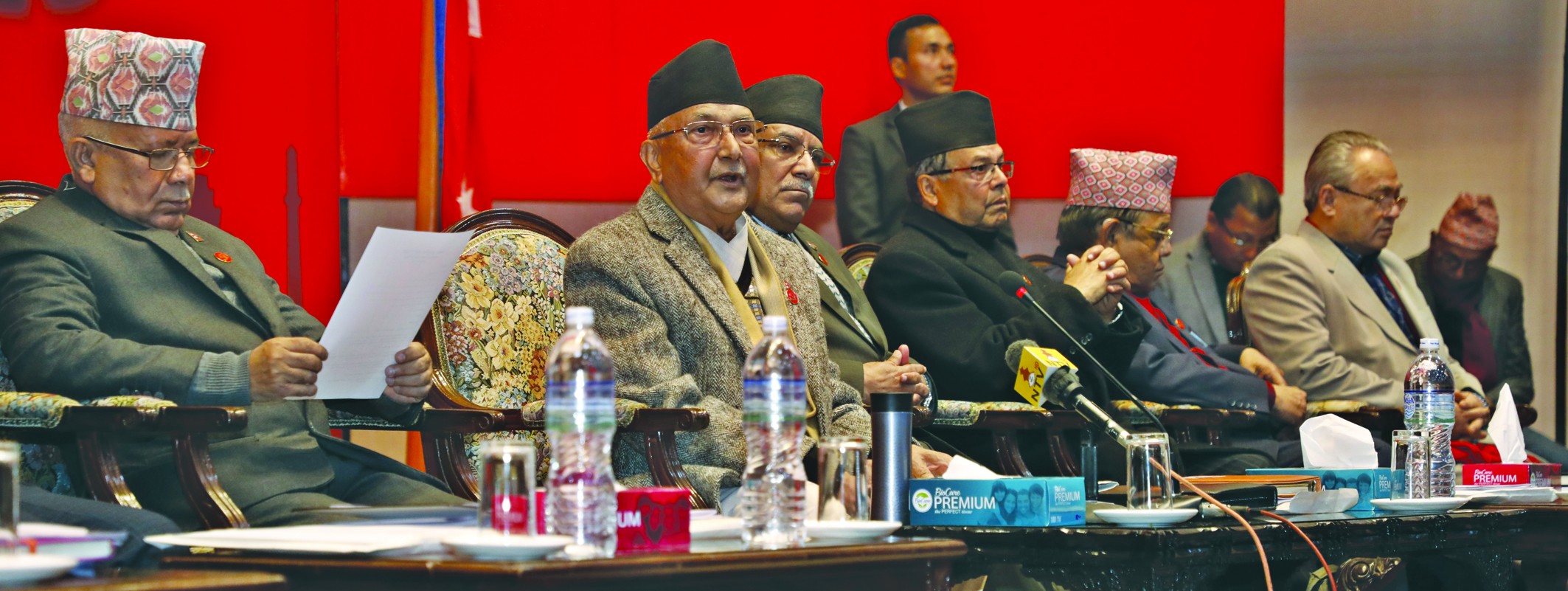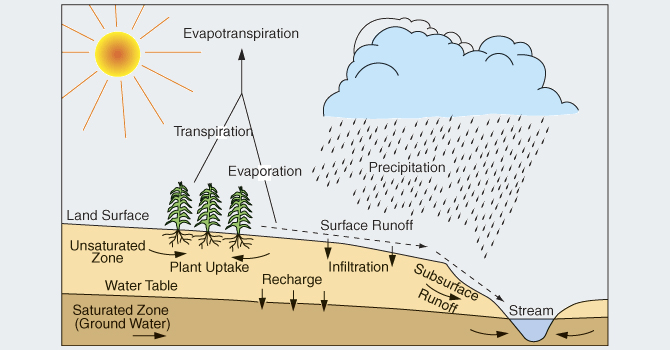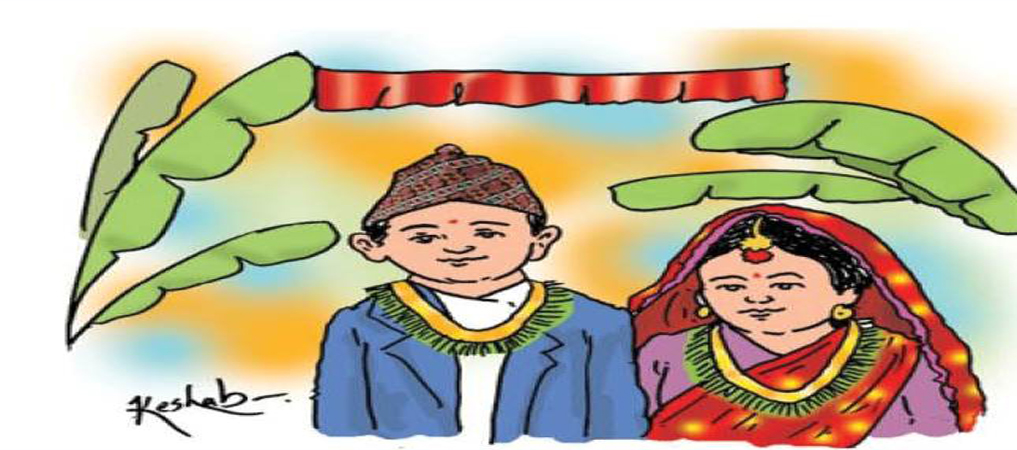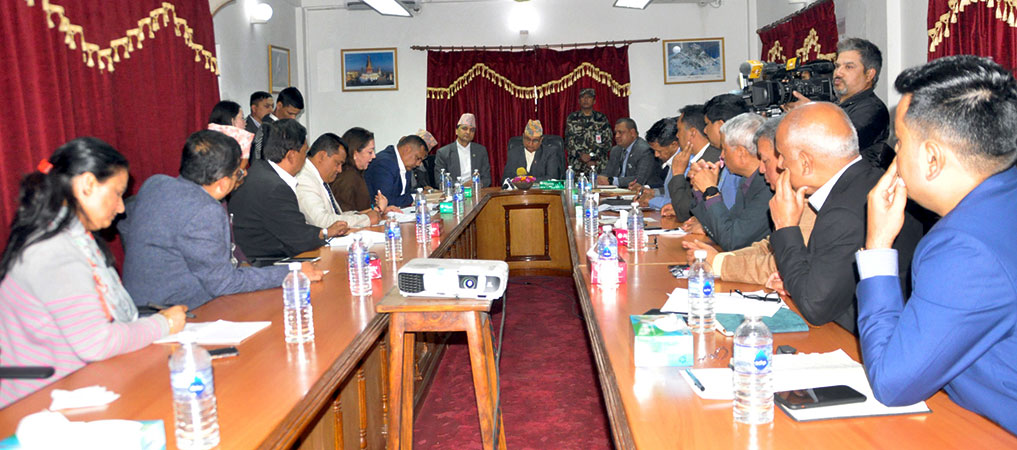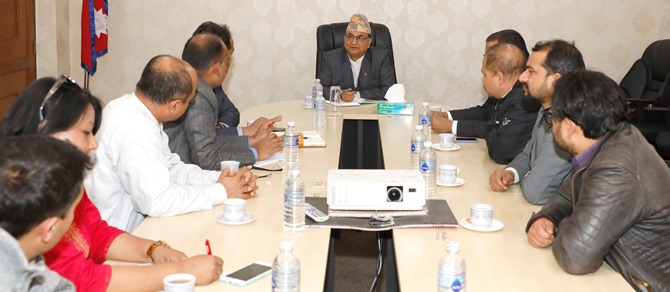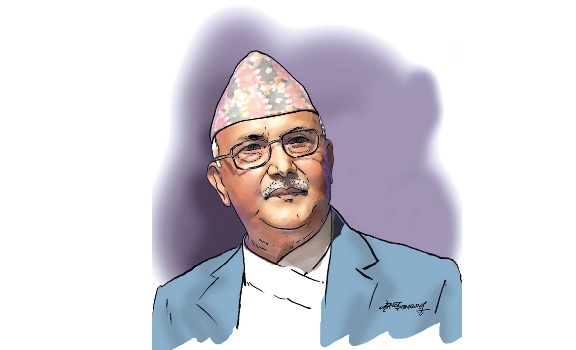Clean Bagmati mission still incomplete
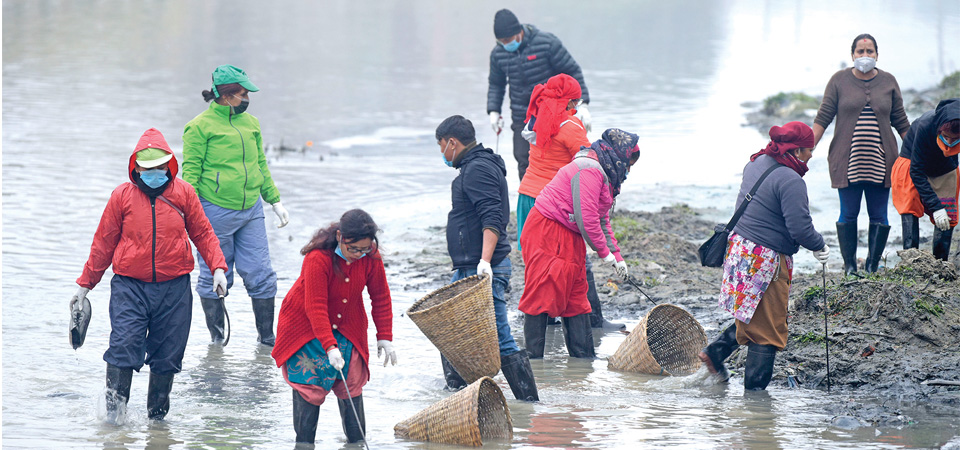
By Arpana Adhikari
Kathmandu, Jan. 16: It has been nine years since the Bagmati clean-up campaign was launched in the leadership of the then Chief Secretary Leela Mani Poudel. Since then hundreds of people, including the personnel from the security bodies, school and college students, religious organisantions, bank staffers and others have been reaching the Bagmati every Saturday morning to collect the wastes and encourage others to help keep the valley rivers clean. Even the sages like Sri Rabi Shanker participated in the clean-up campaign when they were in Kathmandu.
In about a decade, the condition of the Bagmati improved to some extent, but still the river has not become as clean as was expected by the participants of the clean-up campaign. Many of those involved in the campaign say that unless the state itself comes up with concrete plans and policies, the Bagmati and other rivers of the valley cannot be brought back to their previous position—clean rivers where crystal clear water flows.
Ram Kumar Karki, former executive director of Radio Nepal, recalls how pristine and crystal clear the water of the holy Bagmati River was.
Karki has witnessed the changes in the Bagmati River since the 60s.
“Then both the banks of the river were covered with green, which worked as a natural water purifier,” said 69-year-old Karki who was busy cleaning the same river at Sankhamul on Saturday morning, ignoring the chilling cold of winter. But now the banks have turned into a concrete jungle.
He has been participating in the Bagmati clean-up campaign since long with a hope that one day the Bagmati will regain its old form.
History of life in the Kathmandu Valley is intimately connected with the Bagmati River, but, of late, the Bagmati has turned into dumping sites for all types of wastes, he said.
Unplanned urbanisation and increased population of the Kathmandu Valley led to the environmental degradation of the river system of 597-km long Bagmati and its seven tributaries, Bishnumati, Rudramati, Manahara, Nakkhu, Balkhu and Tukucha rivers and other sub-tributaries has accelerated.
Originated from Shivapuri hill, the Bagmati turns filthy while flowing down through Sundarijal and downstream. Drains from factories and untreated sewage are the biggest pollutant to the river.
The government has earmarked millions of budget for the sewage treatment plants and Bagmati beatification projects.
But the projects have failed to control the river pollution. Bagmati Action Plan (2009-2014) was also formulated by the government led by Madhav Kumar Nepal, with the aim of restoring and conserving the Bagmati River and its tributaries in an integrated and coordinated approach.
Formed in 1995, the High-Powered Committee for Integrated Development of the Bagmati Civilisation (HPCIDBC), the main body entrusted with the task of reviving Bagmati civilisation, has also failed to rejuvenate the river even in 25 years.
In 2013, a group of civil society led by former Chief Secretary Poudel launched the Bagmati River clean-up campaign, one of the centerpiece missions, which is still going on. Many people associated with various organisations still gather at different points of the river every Saturday morning and pick the wastes, mostly plastic materials, from the riverbed and banks.
However, these initiatives have not been much effective to make the river clean although weekly clean-up campaign has succeeded to generate public awareness to some extent.
Earlier, the governments made promises to treat sewage before sending it into the River. But the reality is otherwise.
Poudel, who has been leading the campaign for about a decade, said, “We have not finished our mission but large patches of the river are now clean.”
Recalling the time when they started the campaign, Poudel said “In earlier days, we used to collect up to 40 metric tonnes of garbage from the river banks. But lately, it has been declining to four to five metric tonnes.”
Some people still dump their waste into the river in the night and the local bodies should act accountability to punish those who randomly throw thrashes into the river, he said.
“We have to keep our local bodies ready. We are now focusing on sensitizing authorities because taking care of the rivers has to be the priority of the local authorities. But local authorities are escaping, claiming that there was HPCIDBC to look after the issue,” said Poudel.
Furthermore, improving water quality is still a major problem. Proper drainage management is a must to achieve better quality and it could be done only by the state, he added.
“We have been exerting pressure on the concerned authority and lately, the HPCIDBC has been working more rigorously to make the campaign a success,” he claimed.
He also said he is hopeful the Bagmati and its tributaries will rejuvenate soon because Minister for Urban Development Ram Kumari Jhakri had also shown her interest in this mission.
Admitting that HPSIDBC has not been able to make significant progress to restore the Bagmati civilisation, chairman of the empowered HPCIDBC Uddhav Prasad Timalsina said, “After completing one year's term in the office, I am trying to figure out the lapses.”
Informing that the committee is in the process of formulating an action Plan, Timalsina said, “We are also looking for several related aspects, improving the ecological flow of the river, Bagmati beautification, along with developing sewage treatment plants.”
“The steps taken to improve the water quality include abatement and control of source pollution by establishing sewage treatment plants for the settlements located near the Bagmati and its tributaries, surface cleaning activities, solid waste management on the river banks and stopping trash from drains falling into river,” he said.
“The committee has moved ahead with a plan to treat the major drains that fall directly into the Bagmati River from Sundarijal to Gaurighat stretch by the end of this fiscal year and up to confluence by next two years. But treating small drains and sewage are major challenges,” he added.
He also assured that within a year, the devotees would be able to take a holy bath in Pashupati area without any hesitation.
He further said the construction of 24-meter high dam being constructed at Nagmati is near to completion which will boost the flow in the Bagmati River through Kathmandu during the entire dry season.
“After coming monsoon, around 40 liters of water per second will flow down the Bagmati River. Similarly, another dam is also going to be constructed with the support of ADB, which guarantees a 400 litres per second flow target in the Bagmati," he added.
"We are committed to rejuvenate Bagmati and support from all is a must to achieve this goal,” he said.
Laxmi Poudel, another campaigner of Bagmati clean-up campaign, said everyone should understand that keeping Bagamati clean and beautiful is the responsibility of all. “We must act like a responsible citizen and stop throwing thrashes into the river, as we worship the river as a goddess.”
Recent News

Do not make expressions casting dout on election: EC
14 Apr, 2022
CM Bhatta says may New Year 2079 BS inspire positive thinking
14 Apr, 2022
Three new cases, 44 recoveries in 24 hours
14 Apr, 2022
689 climbers of 84 teams so far acquire permits for climbing various peaks this spring season
14 Apr, 2022
How the rising cost of living crisis is impacting Nepal
14 Apr, 2022
US military confirms an interstellar meteor collided with Earth
14 Apr, 2022
Valneva Covid vaccine approved for use in UK
14 Apr, 2022
Chair Prachanda highlights need of unity among Maoist, Communist forces
14 Apr, 2022
Ranbir Kapoor and Alia Bhatt: Bollywood toasts star couple on wedding
14 Apr, 2022
President Bhandari confers decorations (Photo Feature)
14 Apr, 2022


